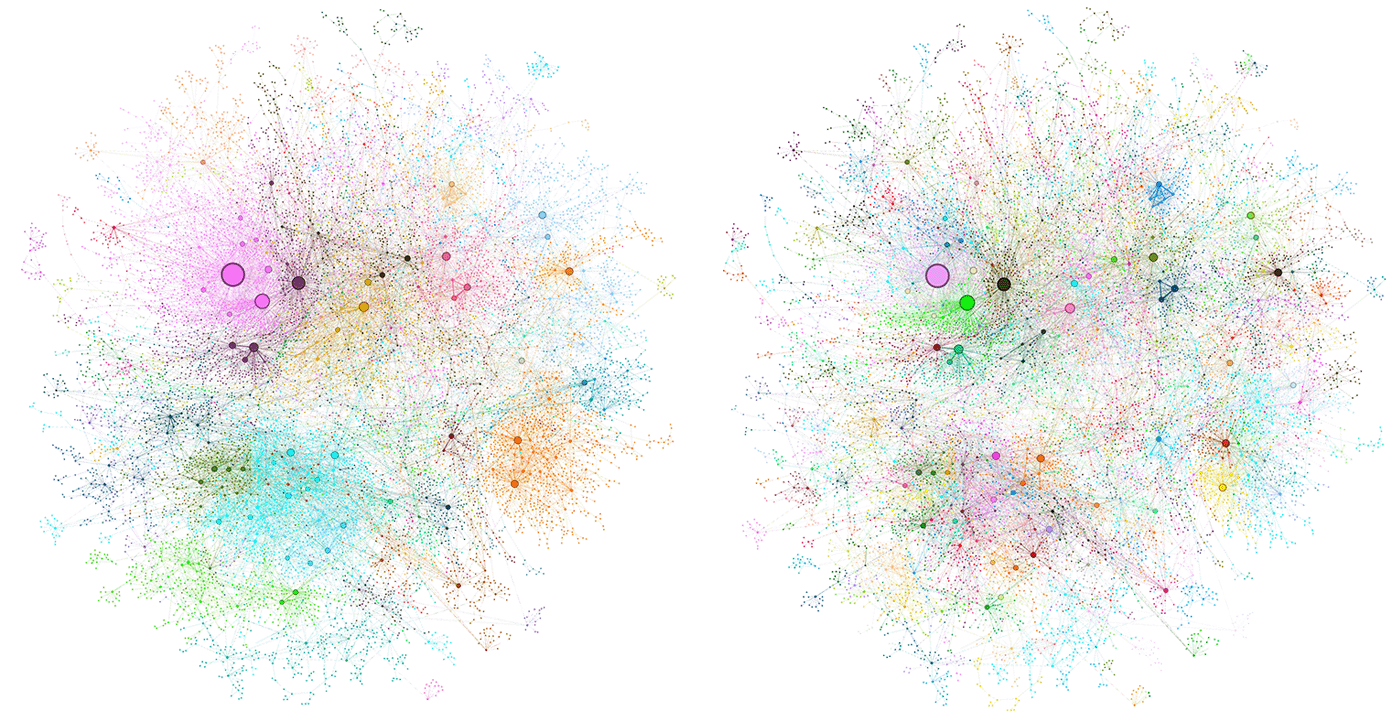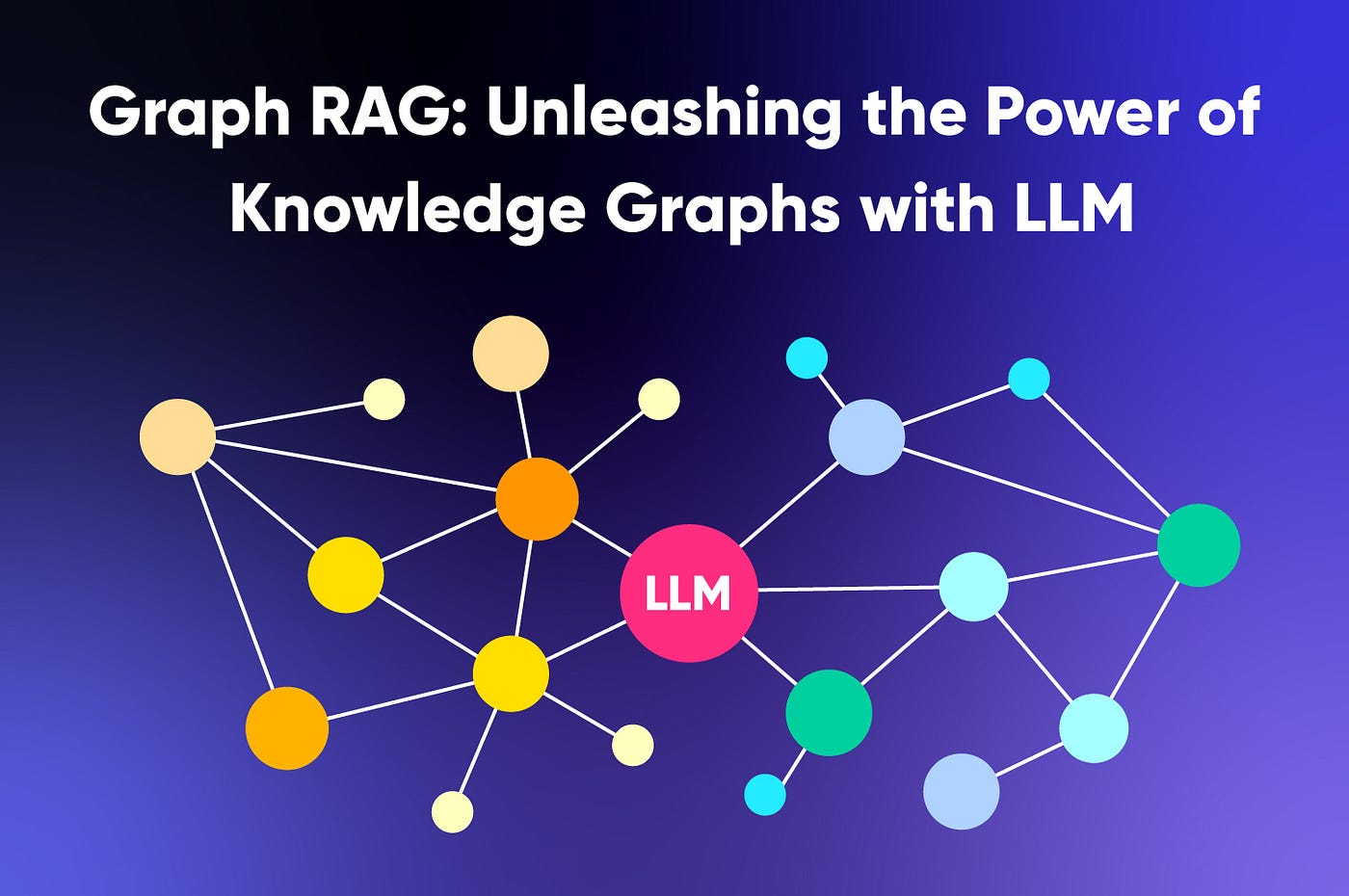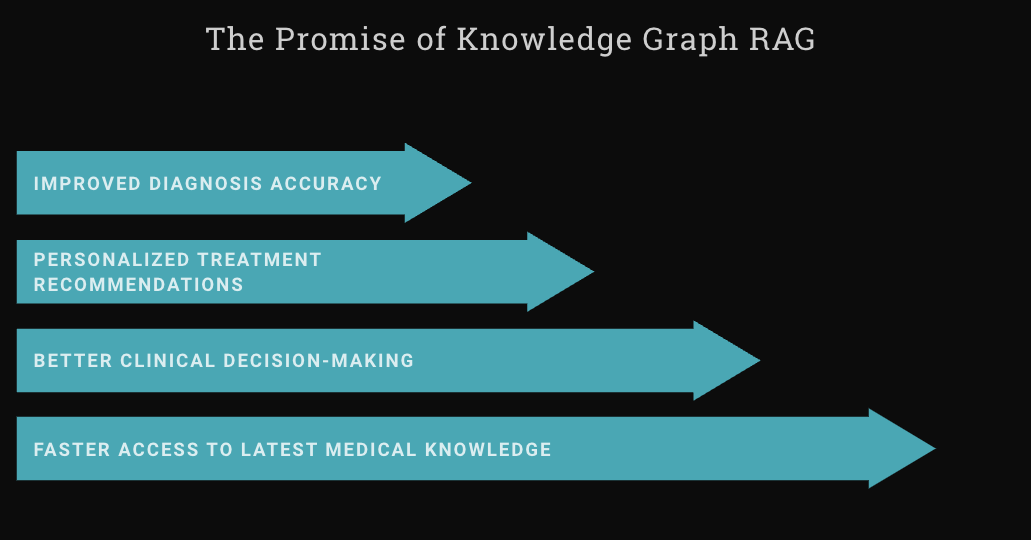Healthcare Knowledge Graph
The Healthcare Knowledge Graph RAG with Neo4j, LangChain, and Llama 3

Client Information
- Client: Arcs Health
- Role: Solution Architect
- Year: 2024
GraphRAG
GraphRAG (Graphs + Retrieval Augmented Generation) is a technique for richly understanding text datasets by combining text extraction, network analysis, and LLM prompting and summarization into a single end-to-end system.
The large language models (LLMs) can retrieve information from external sources to answer questions—a technique known as retrieval-augmented generation (RAG). However, RAG struggles with broad questions about entire text corpora, like "What are the main themes?" These require query-focused summarization (QFS), which traditional RAG methods can't handle well.
References:
- From Local to Global: A Graph RAG Approach to Query-Focused Summarization
- Implementing Knowledge Graph RAG in Clinical Decision Support


Background
Benefits of Graph RAG:
- ENHANCED CONTEXTUAL UNDERSTANDING: Knowledge Graph RAG provides a deeper understanding of the relationships and interconnections between different healthcare data elements, enabling more accurate and contextual analysis.
- IMPROVED DECISION SUPPORT: By leveraging the rich knowledge and relationships in the Knowledge Graph, healthcare AI systems can make more informed and data-driven decisions to support clinicians and improve patient outcomes.
- PERSONALIZED PATIENT CARE: The Knowledge Graph's ability to capture patient-specific data and contextual factors can enable the development of highly personalized treatment plans and care recommendations for each individual patient.
- OVERCOMING DATA SILOS: Knowledge Graph RAG can integrate and harmonize data from disparate sources, breaking down the barriers of data silos and enabling a more holistic and comprehensive view of healthcare information.
- HANDLING UNSTRUCTURED DATA: The flexible and adaptable nature of Knowledge Graphs allows for the incorporation and analysis of unstructured data, such as clinical notes, medical images, and other non-tabular data sources, expanding the scope of AI-driven healthcare applications.
Deliverables:
To bridge this gap, I developed the Healthcare Knowledge Graph RAG using Neo4j, LangChain, and Llama 3. This approach combines LLMs and graph-based indexing to answer complex questions over large text corpora.
The process involves two stages: first, an LLM creates an entity knowledge graph from source documents using Neo4j. Then, it generates community summaries for related entities with LangChain and Llama 3. These summaries help form partial responses, which are then combined into a final answer. For large datasets, this method significantly improves the comprehensiveness and diversity of answers compared to basic RAG.
Technical Implementation
-
Knowledge Graph Creation:
- Entity extraction using LLMs
- Relationship mapping between medical entities
- Graph database implementation with Neo4j
-
Integration with RAG System:
- Vector embeddings for efficient retrieval
- LangChain integration for query processing
- Llama 3 for high-quality response generation
-
Clinical Applications:
- Medical knowledge retrieval
- Patient similarity clustering
- Treatment recommendation support
- Medical literature understanding